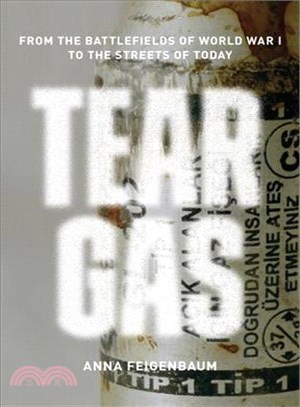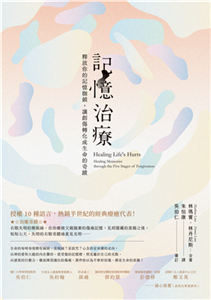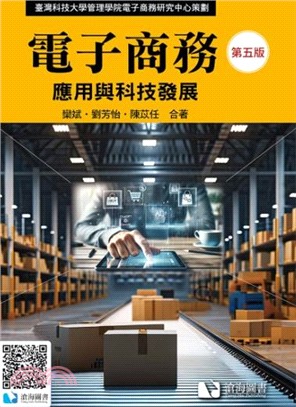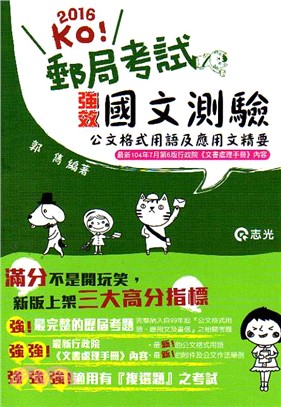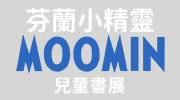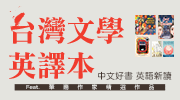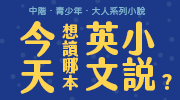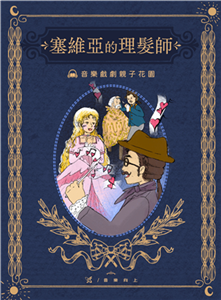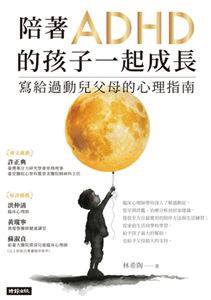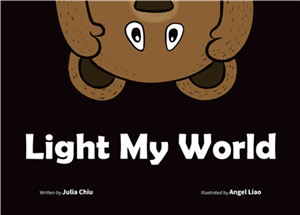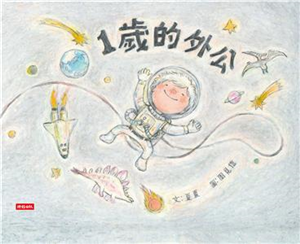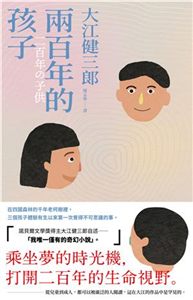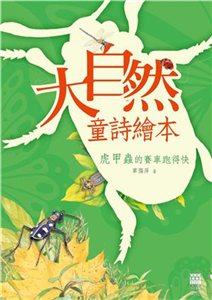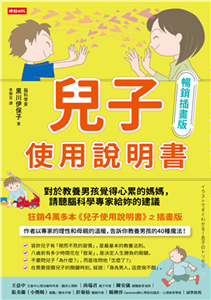Tear Gas ─ From the Battlefields of World War I to the Streets of Today
商品資訊
ISBN13:9781784780265
出版社:Verso Books
作者:Anna Feigenbaum
出版日:2016/09/06
裝訂/頁數:平裝/176頁
規格:21.6cm*14cm*1.9cm (高/寬/厚)
商品簡介
作者簡介
商品簡介
Chemical weapons are banned from war zones. But today, tear gas has become the most commonly used form of “less-lethal” police force. In 2011, the year that protests exploded from the Arab Spring to Occupy Wall Street, tear gas sales tripled. The majority of tear gas is producted in the United States, and many images of protestors in Tahrir Square showed tear gas canisters with “Made in USA” printed on them. Police in the St. Louis suburb of Ferguson deployed tear gas to disperse crowds protesting the killing of the unarmed teenager Michael Brown, while the yellow umbrellas that Hong Kong protestors used to shield themselves from these chemicals became an international symbol of resistance.
One hundred years ago, French troops fired tear-gas grenades into German trenches along the border between the two countries. Designed to force people out from behind barricades and trenches, tear gas causes burning of the eyes and skin, tearing, and gagging. As Amos Fries, chief of the US Army’s Chemical Warfare Service, put it in 1928, “It is easier for man to maintain morale in the face of bullets than in the presence of invisible gas.”
In an engrossing century-spanning narrative, Tear Gas is the first history of this deadly poison, and takes us from military labs and chemical weapons expos to union assemblies and protest camps, drawing on declassified reports and witness testimonies to show how policing with poison came to be.
One hundred years ago, French troops fired tear-gas grenades into German trenches along the border between the two countries. Designed to force people out from behind barricades and trenches, tear gas causes burning of the eyes and skin, tearing, and gagging. As Amos Fries, chief of the US Army’s Chemical Warfare Service, put it in 1928, “It is easier for man to maintain morale in the face of bullets than in the presence of invisible gas.”
In an engrossing century-spanning narrative, Tear Gas is the first history of this deadly poison, and takes us from military labs and chemical weapons expos to union assemblies and protest camps, drawing on declassified reports and witness testimonies to show how policing with poison came to be.
作者簡介
Anna Feigenbaum is co-author of the book Protest Camps, and her work has appeared inVice, The Atlantic, Al Jazeera America, The Guardian,Salon, Financial Times, Open Democracy, New Internationalist, andWaging Nonviolence. She is a Senior Lecturer in the Faculty of Media and Communication at Bournemouth University. Her website is www.annafeigenbaum.com. Follow her on Twitter: @drfigtree.
主題書展
更多
主題書展
更多書展今日66折
您曾經瀏覽過的商品
購物須知
外文書商品之書封,為出版社提供之樣本。實際出貨商品,以出版社所提供之現有版本為主。部份書籍,因出版社供應狀況特殊,匯率將依實際狀況做調整。
無庫存之商品,在您完成訂單程序之後,將以空運的方式為你下單調貨。為了縮短等待的時間,建議您將外文書與其他商品分開下單,以獲得最快的取貨速度,平均調貨時間為1~2個月。
為了保護您的權益,「三民網路書店」提供會員七日商品鑑賞期(收到商品為起始日)。
若要辦理退貨,請在商品鑑賞期內寄回,且商品必須是全新狀態與完整包裝(商品、附件、發票、隨貨贈品等)否則恕不接受退貨。

